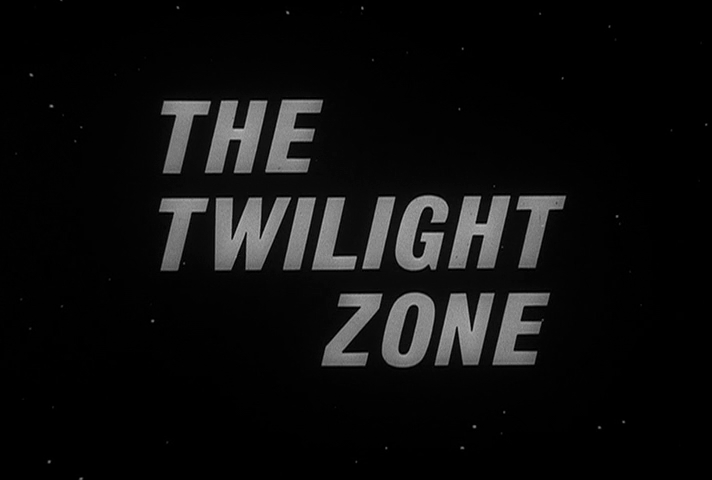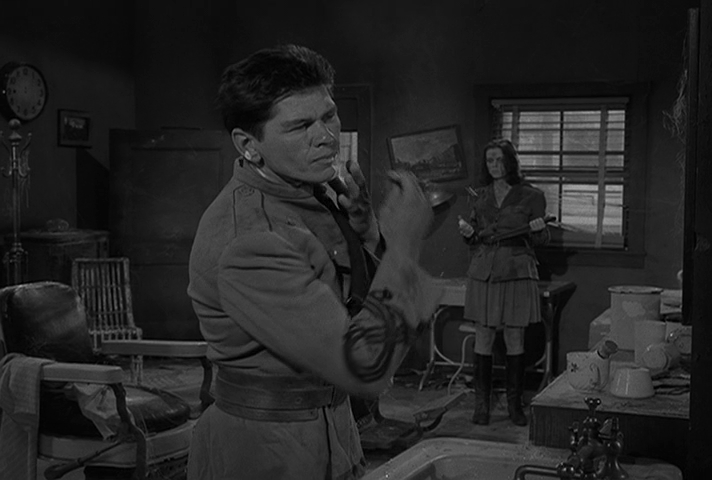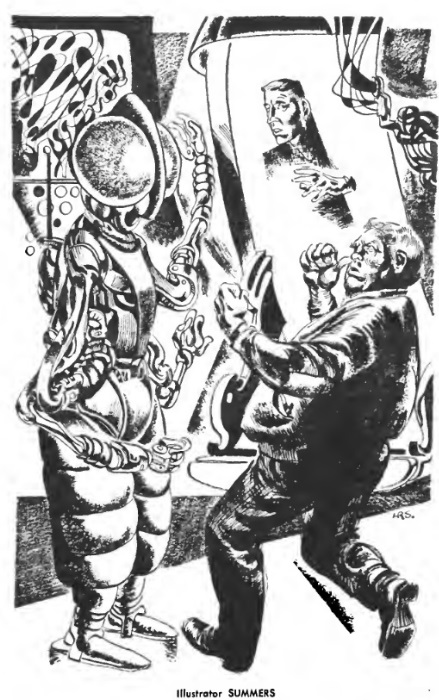
by Gideon Marcus
Every successful endeavor goes through the cycle of growth, stability, decline, and renewal (or death, in which case, there's no cycle). Science fiction magazines are no exception. A particularly far-sighted editor can plan for decline by setting up a successor. For instance Galaxy's H.L. Gold has turned over the reigns to Fred Pohl with no apparent drop in the digest's quality. Anthony Bourchier transitioned to Robert Mills at F&SF, and I understand that Renaissance Man Avram Davidson is waiting in the wings to take over. That event can't happen too soon, as F&SF has been lackluster of late.
Analog has had the same master since the early 30s: John W. Campbell. And while Campbell has effected several changes in an attempt to revive his flagging mag (including a name change, from Astounding; the addition of a 20-page "slick" section in the middle of issues; and a genuinely effective cover design change (see below)), we've still had the same guy at the stick for three decades. Analog has gotten decidedly stale, consistently the worst of The Big Three (in my estimation).
You can judge for yourself. Just take a gander at the December 1961 issue. It does not do much, if anything, to pull the once-great magazine from its shallow dive:

As has been the case for a couple of years now, the serialized novel (in this case, the first part of Black Man's Burden, by Mack Reynolds) is the best part of the book. Burden is the story of modernization in near-future North Africa. Reynolds is currently living in the Mahgreb, so his tale is laced with authentic cultural insight. Reynolds' Tuareg tribesmen read like the best-developed sf alien cultures…except they're for real! I'm looking forward to see where this goes; rating reserved until I've read the whole thing.
Next up is a cute little time travel story involving an historian who attempts to change the course of events for a little nascent country called Texas. I've never heard of R. R. Fehrenbach, so I assume Remember the Alamo! is his first story. As such it's not bad, though I tend to prefer my viewpoint not wander from character to character at the convenience of the author. Three stars.
Tom Godwin is a fellow whose works get published in the magazines I don't follow, so The Helpful Hand of God is the first story of his I've read. Rapacious Terran Empire is thwarted by a bevy of scantily clad conscientious objectors. Readable, but not very good. Two stars.
This issue's cake-taker is the ridiculous "science fact" article by Randall Garrett: Engineer's Art. It's on dowsing, fer chrissakes. You know, that mystical art of finding water by holding a couple of steel rods in front of you? Truly a new low for this magazine. One star.

How Campbell finds his stories and articles
It's followed by a short, uncredited piece on a Neptune Orbit Observatory, whose main purpose would be to derive accurate distances to the stars through trigonometry (we'd know the angles and the length of the base of the triangle made up of points Earth, Neptune, and target star; the longer the base can be, the more precise our ability to measure the other sides of the triangle). It's a cute idea, though I suspect our telescopes will be good enough for the task long before our interplanetary engines are developed sufficiently for exploration of the eighth planet. Three stars.
Randall Garrett (as David Gordon) offers up some fiction in the form of The Foreign Hand-Tie, a story of telepathic Cold War espionage. As such things go, it's not bad. Reynolds probably could have done it better, but he can't write the entire issue, can he? Three stars.
Finally, the disappointing Sleight of Wit, by Gordon Dickson, portraying a battle of brains between a human planetary scout and his alien competitor. It is disappointing because it requires the alien to be so featherbrained, the course of events the human relies on so convoluted. Gordy does better when he ignores this mag. Two stars.
Analog has only topped a three-star overall rating thrice this year, and this wasn't one of those times. That's pretty lousy. F&SF has done it seven times, and Galaxy never earned less than three. I'll be very surprised if Analog gets nominated for the Hugo for 1961.
It's time for a change, methinks.


































